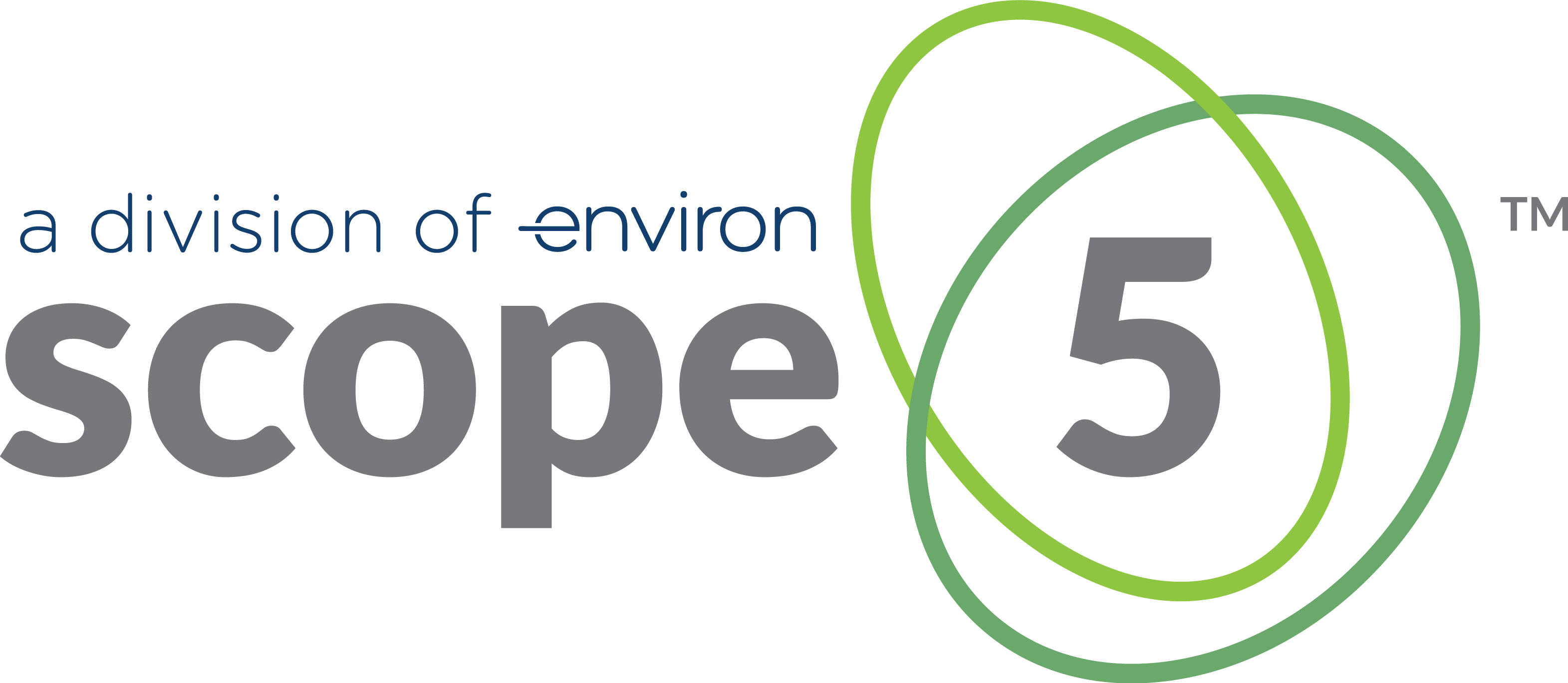
In this post, I’ll talk briefly about sustainability data granularity. We work with a broad range of organizations that use Scope 5’s sustainability reporting software to measure, track and reveal their use of resources. The granularity at which they track their data varies quite a bit. It’s a little like the old film that used to go in cameras – the finer the grain, the more you can see. Let me explain…
Two Types of Sustainability Data Reporting Granularity
There are two different types of granularity. The first is temporal granularity or the frequency at which data is tracked. The second is spatial granularity, referring to the number of different facilities or geographies (or other categories) across which a particular type of data is tracked separately.
To illustrate with an example, consider a common metric, such as electricity usage. When a company reports its greenhouse gas (GHG) emissions or its total energy use on an annual basis, they need to know the total energy use, across all facilities, over a one-year period. This requires only coarse grain tracking. By contrast, an energy-intensive manufacturer tied into the smart grid might measure electricity consumption across dozens of sub-metered circuits at 5-minute intervals. This is fine-grain tracking.
At Scope 5 we generally advise our sustainability reporting software clients to track at as fine a grain as they can, both temporally and spatially. At the same time, we recognize that finer grain tracking carries a higher cost and that each organization needs to find the right granularity for their needs and that this may change over time.
The Upside to Fine Grain Data Tracking
We advocate fine-grain tracking because it best serves the goal of continuous sustainability reporting improvement. To clarify – if the only energy data available to an organization is total energy use over a 12-month period, it’s difficult to make changes, based on that data alone, to reduce energy use.
On the other hand, if an organization tracks the energy used at each of its 50 facilities separately (fine spatial granularity), there’s a good chance that the organization can use this data to reduce overall energy use. The finer spatial granularity will point to outliers – facilities that use an unusually high amount of energy or an unusually low amount of energy.
By studying the conditions and practices at the outliers, the organization might identify best practices (or practices to avoid).
To take spatial granularity a step further, an organization might track different types of energy used – such as electricity vs. natural gas vs. other fuels. As a result, that organization might find that by using different fuels, certain facilities are able to produce the same output but at a lower cost or lower greenhouse gas emissions.
Increased spatial granularity offers other benefits too. Besides illuminating the existing conditions and practices that are correlated with reduced resource consumption, the increased spatial granularity might enable and stoke competition among facilities. We often see facility managers competing to be more efficient than their peers.
Finer temporal granularity carries benefits of its own. Temporal granularity makes it easy to analyze how resource usage changes with the seasons. This would not be possible if only a single, annual figure were available. Further, finer temporal granularity makes it possible to put brief experiments in place to see how different practices might affect resource usage.
Considerations for Fine Grain Data Tracking
When considering the potential benefits of fine-grain tracking we might be inclined to ask:
- Why track at anything less than the very finest grain?
- After all, the data starts out that way – why lump it together?
- Why tolerate any loss of detail?
But fine-grain tracking has its costs. Fine-grain tracking requires more work in collecting and maintaining data. It requires more sophisticated instrumentation and data systems.
And so, each organization should choose the appropriate level of granularity for each of its metrics. An important question to ask in making these choices should be: Will the finer granularity support improved performance?
Consider, for example, an organization that leases a number of offices in a number of larger buildings. Unless these offices are sub-metered, they may simply be allocated a certain percentage of total building energy based on office size. In this case, there’s little motivation to track at a fine granularity.
Whatever practices the organization puts in place to reduce energy use at its offices would not be reflected in the data collected and tracked. Finer grain tracking would not support improved performance.
At Scope 5 we enjoy working with different organizations to find the right level of granularity for each organization for each metric. We find that as organizations move more toward continuous improvement, they also move toward finer grain tracking.
